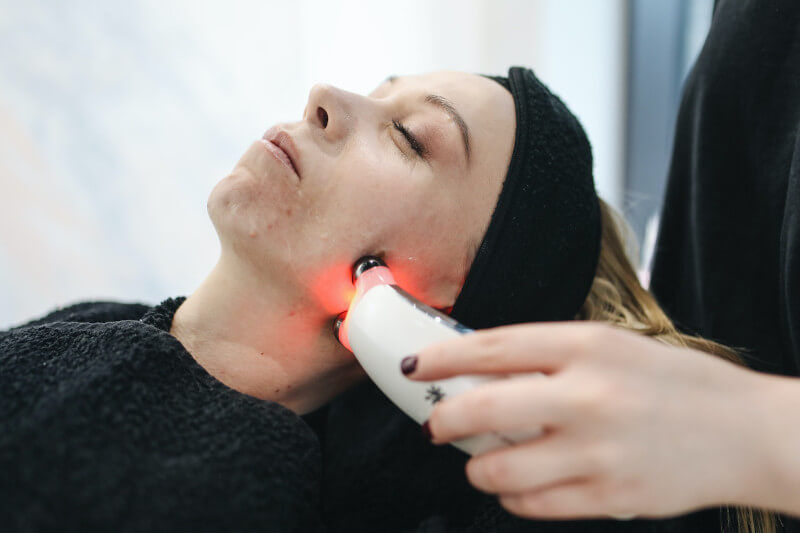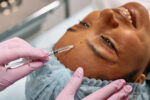Facts About Laser Treatment
- Modern laser technology can be used in many new areas in the medical world. There are many types of lasers. Some can cut the skin like a scalpel, while others are used to correct vision
- Laser technology is being used for an increasing number of cosmetic treatments such as:
- Hair removal
- Reduction of wrinkles
- Treatment of acne scars
- Removal of pigmented spots, such as liver spots
- Vascular ruptures
- Lasers can also be used to remove tattoos
Cosmetic laser treatment is carried out privately. In the case of certain blood vessel formations in the skin, scars and pigments after injuries are laser treated in public.
What is the purpose?
Laser skin treatment is used to repair the skin and remove or reduce unwanted furrows, wrinkles, freckles, dark circles like “strawberry” marks and scars.
How does laser treatment take place?
In skin treatment, laser is used to remove the top layer of the skin and thus also associated scars, wrinkles and pigment spots. The energy in the laser is converted into heat when it hits the skin, causing fluid in the skin cells to evaporate. The outermost skin cells die and peel off layer by layer. When the new skin is formed, it will be free of unwanted superficial scars, wrinkles and pigment spots.

Before the laser treatment, you will be given antibiotics and antiviral medication to prevent skin infections. The laser operation is mostly performed under local anaesthetic. The skin is cleaned before it is exposed to laser rays, and you will be wearing special protective glasses. The laser itself is a handheld wand that the therapist moves over the areas to be treated.
It is not unusual to combine laser treatment with Botulinum Toxin treatment and forehead lift.
A laser treatment can last from 30 minutes to two hours, depending on what and how much is to be treated. Pain may occur during treatment due to the heat from the laser.
Results
The skin will appear smoother and less wrinkled. The results last relatively long compared to other skin treatments.
After-treatment and care of the skin is very important to achieve the best possible result. Skin care can, for example, involve cleaning the skin frequently. Ointments must be applied regularly for the first few days to keep the skin moist.
Side effects
You may experience severe facial swelling. The skin may be red for up to six months after the laser treatment and must be protected from sun with a high sun protection factor for one year. After an extensive laser treatment, it looks like you are sunburned.
Possible complications
The risk of complications with laser treatment is small if you choose serious clinics. Laser can cause blisters or burns on the skin. You may get scars and uneven pigmentation on the treated areas. Darker or lighter spots may occur.
Some may have permanent scars. Skin infections caused by bacteria or viruses can occur, but in very rare cases.




